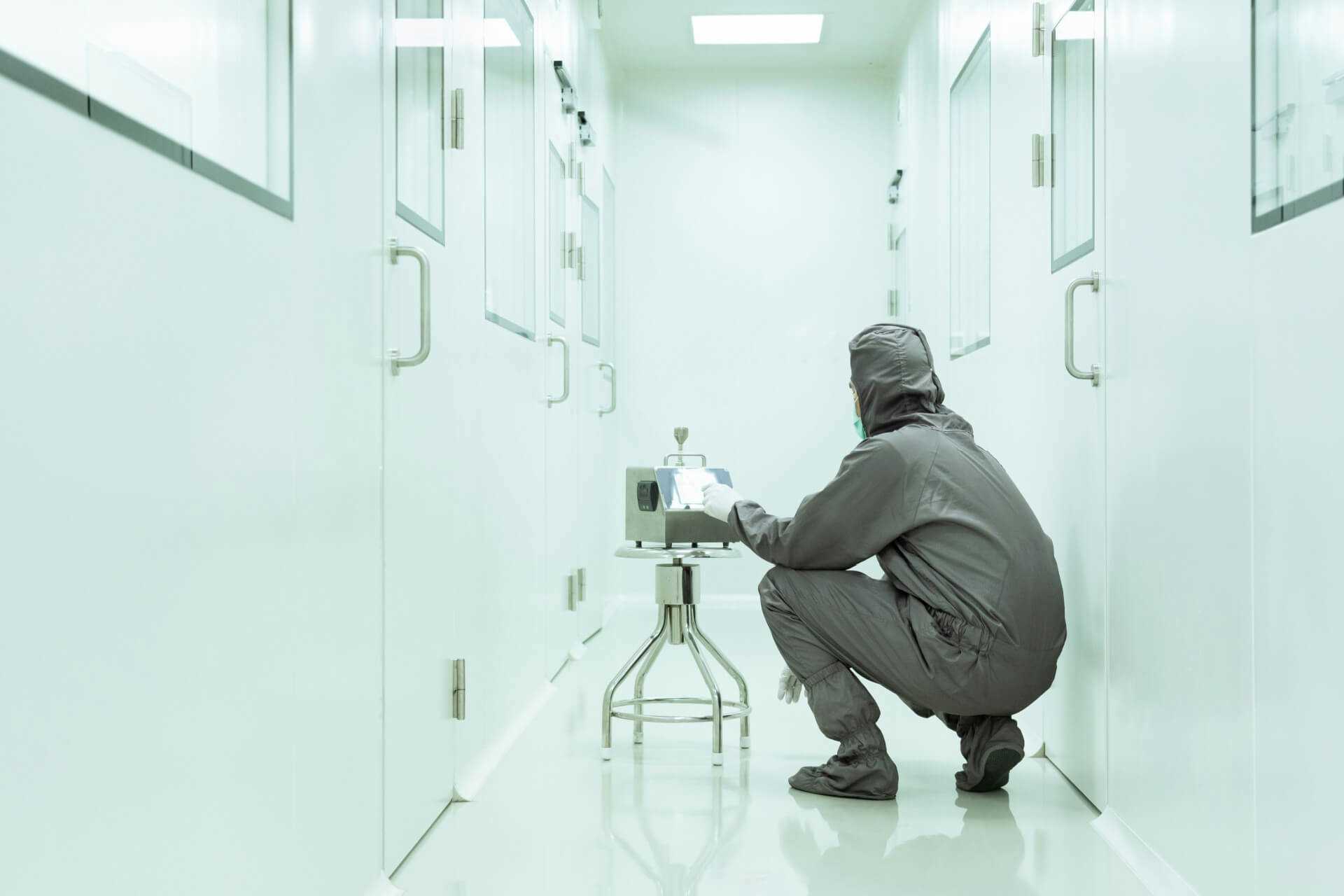
Navigating Cleanroom Regulations in Global Markets
For businesses operating cleanrooms in the global market, understanding and adhering to varying regulatory standards is crucial. These regulations ensure product safety, quality, and compliance but can vary widely from one country to another. This blog post explores the challenges of navigating cleanroom regulations in global markets and provides strategies for effective compliance.
Understanding the Landscape of Global Cleanroom Regulations
Cleanroom regulations are established to control the level of contamination and ensure the reliability of products manufactured in these environments. Key regulatory bodies and standards include:
• ISO (International Organization for Standardization): Provides classification of air cleanliness by particle concentration and other pivotal standards that apply internationally.
• EU GMP (European Union Good Manufacturing Practices): Specifies requirements for manufacturing pharmaceuticals and biologics in the EU.
• FDA (Food and Drug Administration) in the United States: Enforces regulations for manufacturing pharmaceuticals, medical devices, and food products.
• ICH (International Council for Harmonisation of Technical Requirements for Pharmaceuticals for Human Use): Offers harmonized guidelines impacting the pharmaceutical sector across the EU, Japan, and the US.
Challenges in Global Compliance
Navigating regulatory differences across markets presents several challenges:
1. Variations in Standards: Regulations can differ significantly in terms of stringency and specific requirements, affecting everything from cleanroom design to operations and maintenance.
2. Frequent Changes: Regulatory environments are dynamic, with frequent updates that can impact compliance. Keeping up-to-date with these changes requires vigilance and adaptability.
3. Cultural Differences: Operational practices and enforcement of regulations may be influenced by local cultures and business practices, requiring tailored approaches to compliance.
Strategies for Effective Compliance
To effectively manage and comply with international cleanroom standards, companies can adopt several strategies:
1. Global Compliance Teams: Establish dedicated teams that focus on understanding and implementing regulatory requirements across the markets in which the company operates.
2. Standardization of Processes: Where possible, standardize processes and procedures to align with the most stringent regulatory requirements. This approach simplifies compliance and ensures quality across all operations.
3. Continuous Training: Implement ongoing training programs for all staff to ensure they are up-to-date with the latest standards and compliance requirements.
4. Local Expert Consultations: Engage with local experts and regulatory consultants who can provide insights and guidance on complying with specific regional regulations.
5. Technology and Documentation: Leverage technology to track regulatory changes and maintain thorough documentation. This is vital for audit readiness and operational transparency.
Navigating cleanroom regulations in global markets requires a proactive and informed approach. By understanding the regulatory landscape, standardizing compliance efforts, and utilizing expert resources, companies can ensure that their cleanrooms meet international standards, supporting global operations and market expansion.
